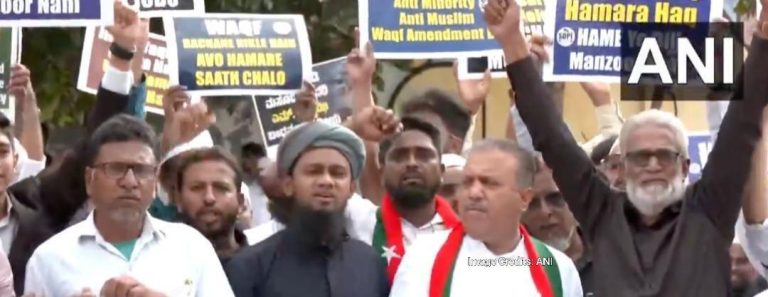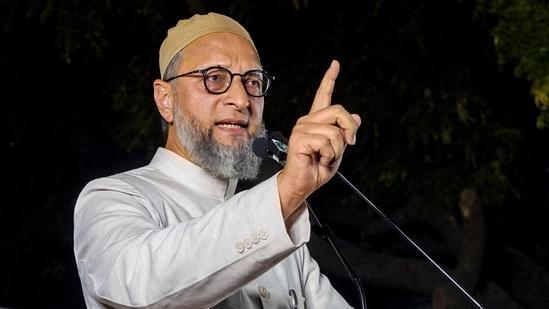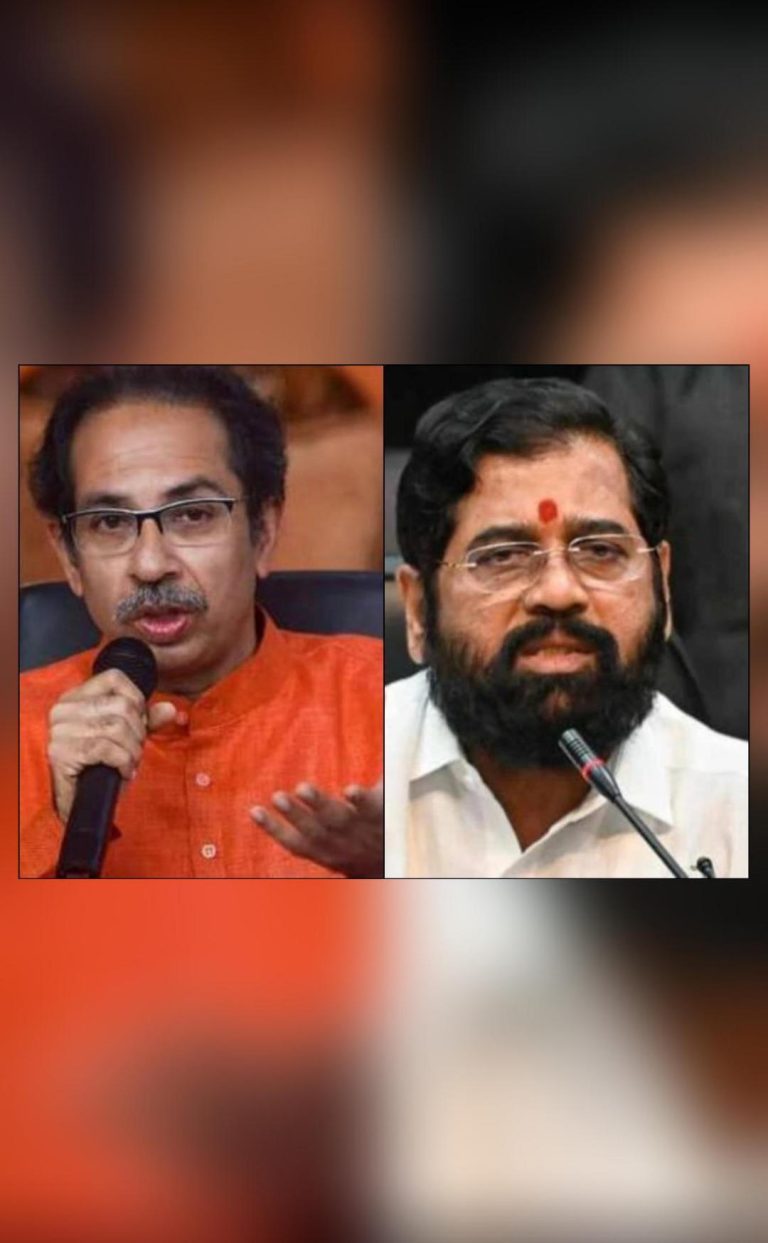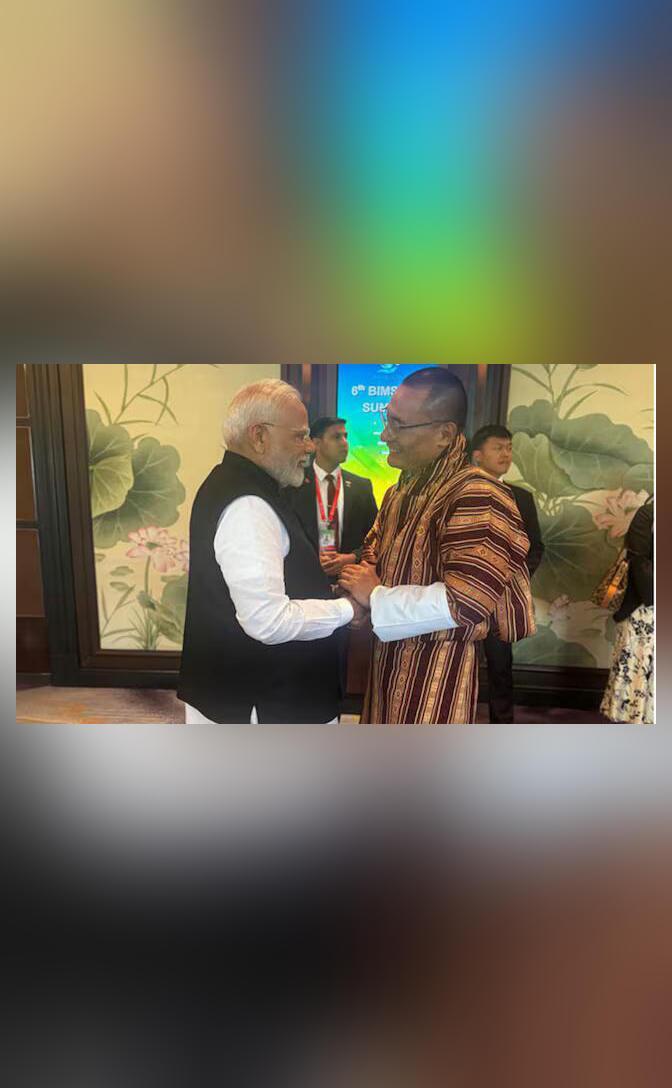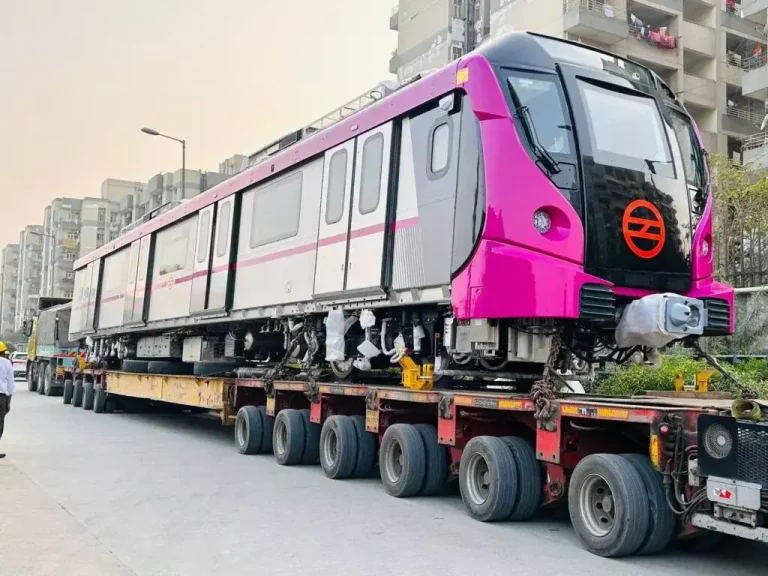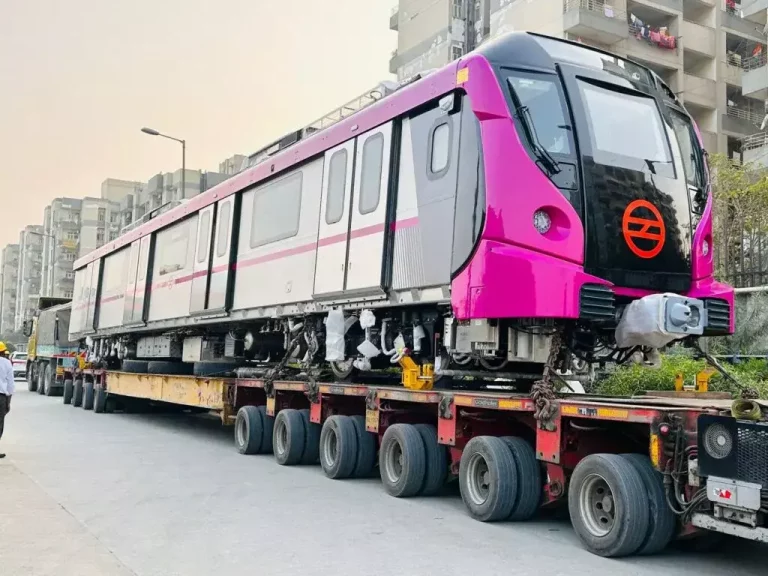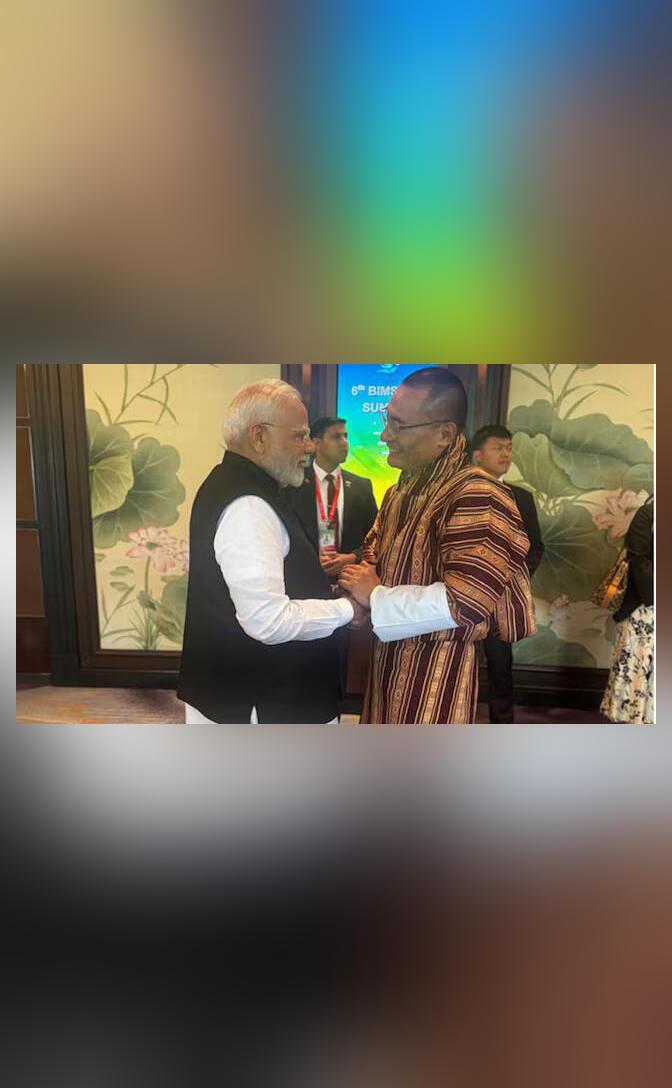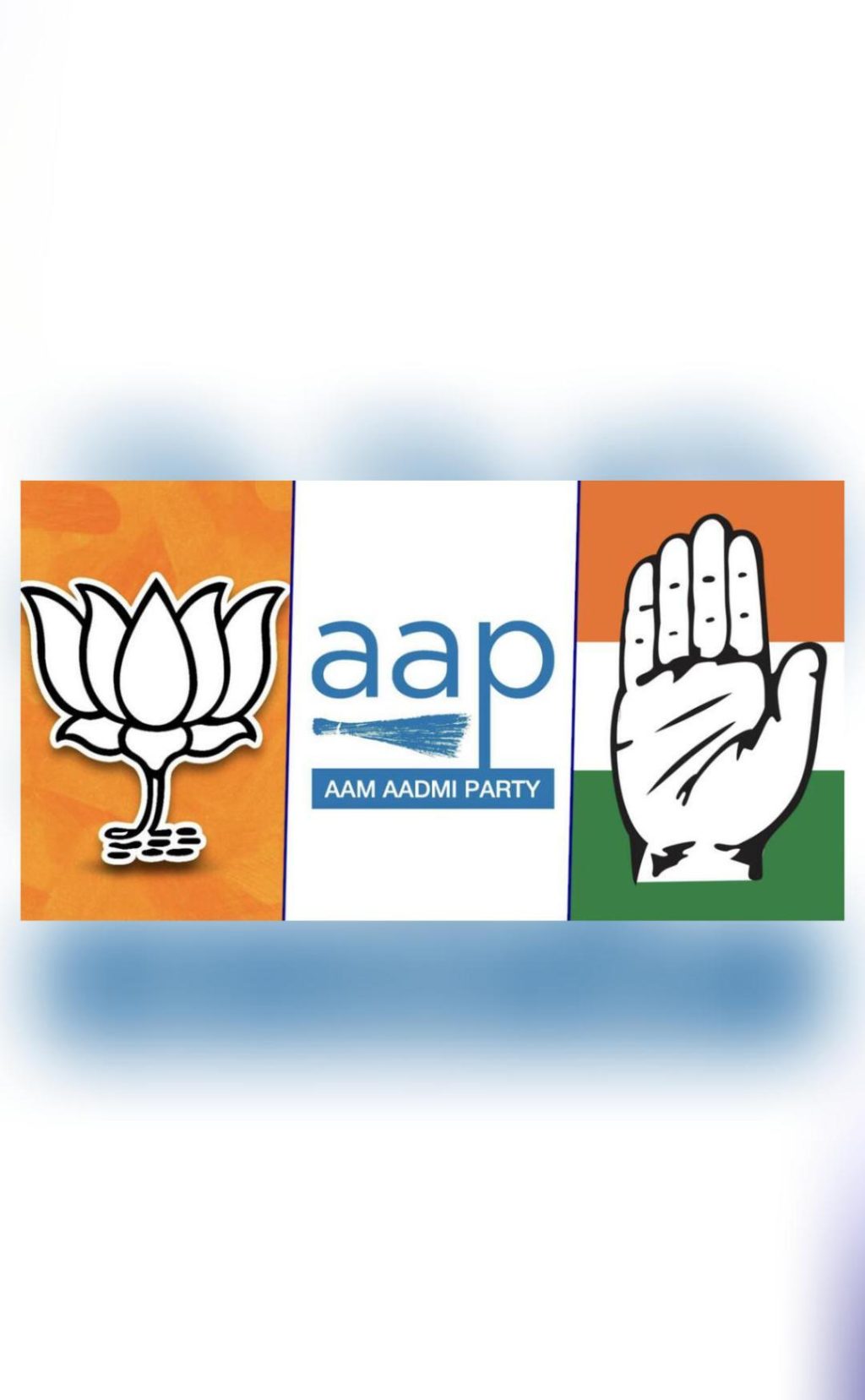
Which Party Won How Many Seats in Delhi Assembly Polls in 2015 & 2020?
The Delhi Assembly elections have always been a closely watched event in the political landscape of India. The city’s 1.5 crore population has a significant impact on national politics, and the outcome of the elections has often influenced the fortunes of parties at the Centre. In this blog post, we will delve into the results of the Delhi Assembly polls in 2015 and 2020, and examine which party won how many seats in each election.
Delhi Assembly Polls 2015: A Landslide Victory for AAP
The Delhi Assembly polls in 2015 were a historic event, marking the first time that a party other than the Indian National Congress (INC) or the Bharatiya Janata Party (BJP) had formed the government in the city. The Aam Aadmi Party (AAP), founded by Arvind Kejriwal, had burst onto the scene just a year earlier, riding a wave of anti-corruption sentiment and promising to bring about sweeping changes in governance.
The results of the election were a landslide victory for the AAP, which won an unprecedented 67 out of the 70 seats in the Delhi Assembly. The BJP, which had been the main opposition party in Delhi for years, managed to win only 3 seats, while the INC drew a blank, failing to win a single seat.
The AAP’s victory was a significant upset, as many polling analysts had predicted a close contest between the AAP and the BJP. The party’s success was attributed to its commitment to transparent governance, its anti-corruption rhetoric, and its ability to connect with the common man.
Delhi Assembly Polls 2020: Another Landslide Victory for AAP
The Delhi Assembly polls in 2020 were a repeat of the 2015 election, with the AAP winning a majority of seats once again. However, this time around, the party’s victory was even more comprehensive, with the AAP winning 62 out of the 70 seats in the Delhi Assembly.
The BJP, which had been trying to make a comeback in Delhi, managed to win only 8 seats, while the INC failed to open its account, drawing a blank once again. The AAP’s victory was seen as a significant boost to the party’s national ambitions, with many analysts predicting that the party could make a strong showing in the 2024 Lok Sabha elections.
The AAP’s campaign in 2020 was centered around the issues of healthcare, education, and women’s empowerment, with Kejriwal promising to continue his party’s efforts to improve the lives of Delhi’s citizens. The party’s social media campaign was also highly effective, with the AAP using platforms like Twitter and Facebook to reach out to voters and mobilize support.
Comparison of the 2015 and 2020 Election Results
A comparison of the 2015 and 2020 election results reveals some interesting trends. The most striking feature of both elections is the dominance of the AAP, which has won an overwhelming majority of seats in both polls.
In 2015, the AAP won 67 out of 70 seats, while in 2020, the party won 62 out of 70 seats. The BJP’s performance has been consistent in both elections, winning 3 seats in 2015 and 8 seats in 2020. The INC, on the other hand, has struggled to make an impact in both elections, failing to win even a single seat in 2015 and repeating the feat in 2020.
The results of the two elections also highlight the importance of social media in modern-day politics. The AAP’s social media campaign in both 2015 and 2020 was highly effective, with the party using platforms like Twitter and Facebook to reach out to voters and mobilize support.
Conclusion
The Delhi Assembly polls in 2015 and 2020 were significant events in the city’s political history, with the AAP winning an overwhelming majority of seats in both elections. The party’s success has been attributed to its commitment to transparent governance, its anti-corruption rhetoric, and its ability to connect with the common man.
The results of the two elections also highlight the importance of social media in modern-day politics, with the AAP’s social media campaign playing a key role in the party’s success. As the party looks to expand its reach beyond Delhi, it will be interesting to see how it uses social media to mobilize support and connect with voters.
For now, the AAP remains the dominant force in Delhi politics, and its success is a testament to the power of grassroots politics and the importance of connecting with the common man.
Source:
